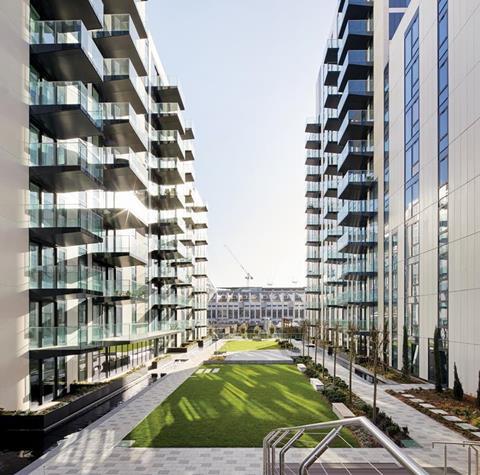Analysis by Capital Economics says greater supply is needed if government housing targets are to be hit
The number of rented homes available will need to increase by 230,000 every year if the UK is to meet government housing targets by the middle of the decade, according to research commissioned by a landlord group.
The analysis by Capital Economics for the National Residential Landlords Association says that the government’s target of seeing 300,000 new homes built a year by the mid-2020s would require 340,000 homes to be either purpose built or converted to rented housing, if the proportion of rented and owner-occupied housing is to remain constant.

This will amount to an additional 1.8 million new rented homes over the next decade.
However, far from growing quickly, the NRLA said the analysis showed that the number of private rented homes was actually falling, with a reduction of 260,000 in the past five years, and a predicted drop of a further half a million in the next decade unless policies are changed.
The increased need for rented housing will be driven by an expected 11% bulge in the 15-24 cohort by 2030 – the age range that is most reliant on the private rented sector.
According to the latest data from the British Property Federation, nearly 15,000 purpose-built build-to-rent units were constructed last year, the biggest increase on record.
Ben Beadle, chief executive of the NRLA, said the report highlighted the “supply crisis” now engulfing the rented sector. “For all the efforts to support homeownership, the private rented sector has a vitally important role to play in helping the government to achieve its housing objectives,” he said.
“Without urgent action, the increasing number of people looking for affordable housing will be the ones to struggle as they face less choice and higher rents as supply dries up.”
Andrew Evans, managing economist for Capital Economics. said the stock of homes for private rent had fallen following “a series of policy changes”.
He added: “Even with increased provision of affordable housing and higher rates of owner occupation, both of which are important, our research shows that significant additional investment is needed by landlords in the private rented sector.”











No comments yet